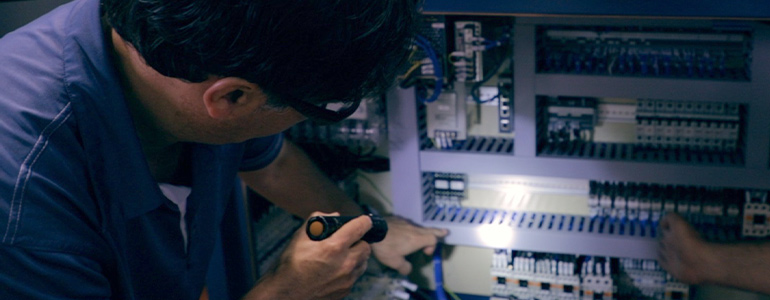The ESAFE Blog

What is the Model Code SPE-1000?
February 18, 2020
All electrical products sold in Canada need to be certified by a Standards Council of Canada accredited Certification Body. Products shipped to Canada without certification, or products with limited production runs can fall under a Special Inspection, which can be completed by an appropriate agency in line with the Canada Model Code SPE-1000, also known as the Field Evaluation. These labels are accepted by all authorities across Canada. Field Evaluation, is done by a qualified expert who assesses the safety of your product against all codes and standards that apply. Being in compliance with the SPE-1000 code is the first step in your product being accepted by all Authorities Having Jurisdiction. Here’s what you need to know:
The SPE-1000 Canadian Model Code has applications for:
- Custom equipment
- One-off or non-repetitive runs of equipment
- Smaller quantities (less than 500 nationally per model/year/inspection body)
- Equipment not able to be certified under a regular certification process
- Currently installed or on-site equipment waiting on acceptance by Authorities Having Jurisdiction
- Test ready subassemblies and complete systems during the evaluation process
- Any other equipment determined by the Authority Having Jurisdiction
What is Field Evaluation:
Field Evaluation processes are always completed to SPE-1000 standards. They are typically used for smaller quantities of electrical products and have a few mandatory, non-destructive tests. Once your equipment passes the tests, ESAFE will deem your product “approved” and will provide a label on the spot.
More about SPE-1000 Code:
Electric shock, energy, fire, mechanical, heat, and radiation are the six main hazards looked at and provided with safety requirements in the SPE-1000 Code. Tests performed range from dielectric voltage withstand, flame, strain relief, input rating, temperature, abnormal test, leakage current, stability, rain, impact, and bonding impedance.
What happens if the electrical equipment does not meet Canadian Codes and Standards?
If your equipment does not meet the appropriate standards, ESAFE’s inspectors will provide you with a report detailing the modifications needed. We are dedicated to supporting your staff throughout the process until your equipment is approved. At ESAFE, our expertise can help you avoid unnecessary delays in using or selling your electrical equipment in Canada.
Service Beyond Standard is the ESAFE promise. Contact us today if you have further questions about our product approval services.
